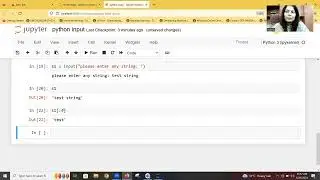Rasa 3 Installation | Rasa Window Installation | Conversational AI with Rasa | NLU
Certainly! Here are step-by-step instructions to install Rasa on your system.
1. Make sure you have Python 3.6, 3.7, 3.8, or 3.9 installed on your system. You can check your Python version by running python --version in the command prompt or terminal.
2 .Create a virtual environment (optional but recommended)
It is recommended to create a virtual environment to isolate your Rasa installation. Open the command prompt or terminal and run the following command:
Activate the virtual environment using the appropriate command based on your operating system:
For Windows:
rasa-env\Scripts\activate
For macOS/Linux:
source rasa-env/bin/activate
Once your virtual environment is activated, you can install Rasa using pip. Run the following command:
pip install rasa
Step 5: Install additional dependencies (optional)
Depending on your project requirements, you may need additional dependencies. Rasa provides different packages that you can install based on your needs. For example, if you are working with a specific language, you may need to install additional language-specific packages. You can refer to the Rasa documentation for more information on optional dependencies.
Verify the installation
After the installation is complete, you can verify that Rasa is installed correctly by running the following command:
rasa --version
Introduction Of Chatbot
• Chatbot Development | Introduction Of...































